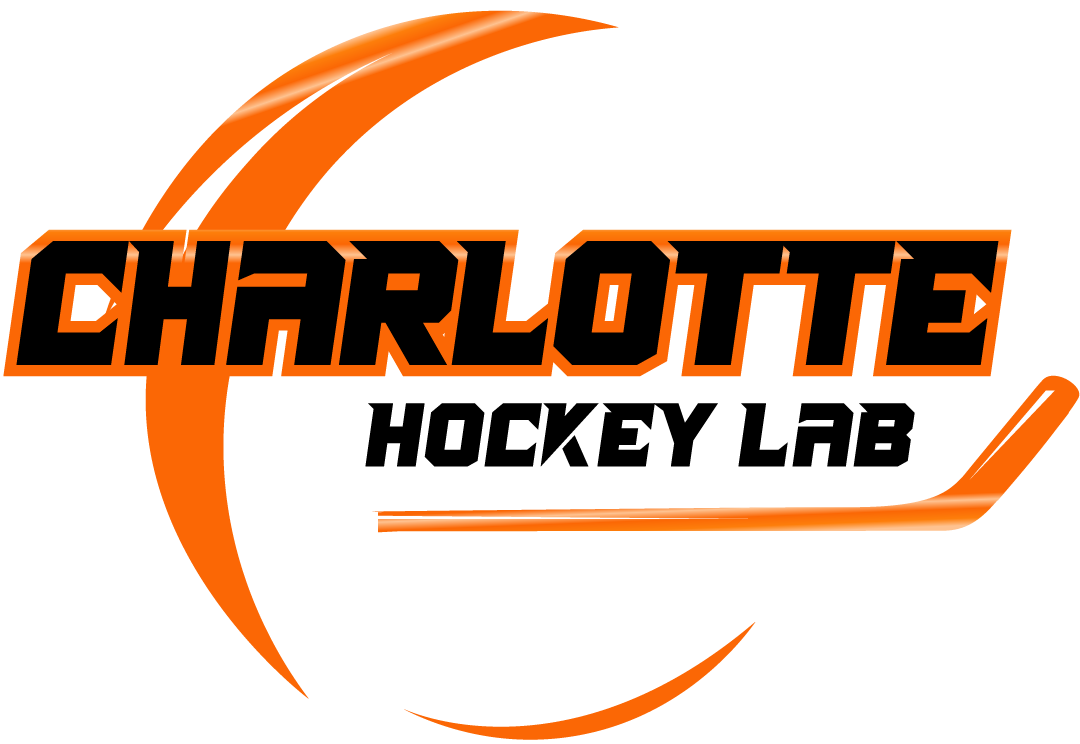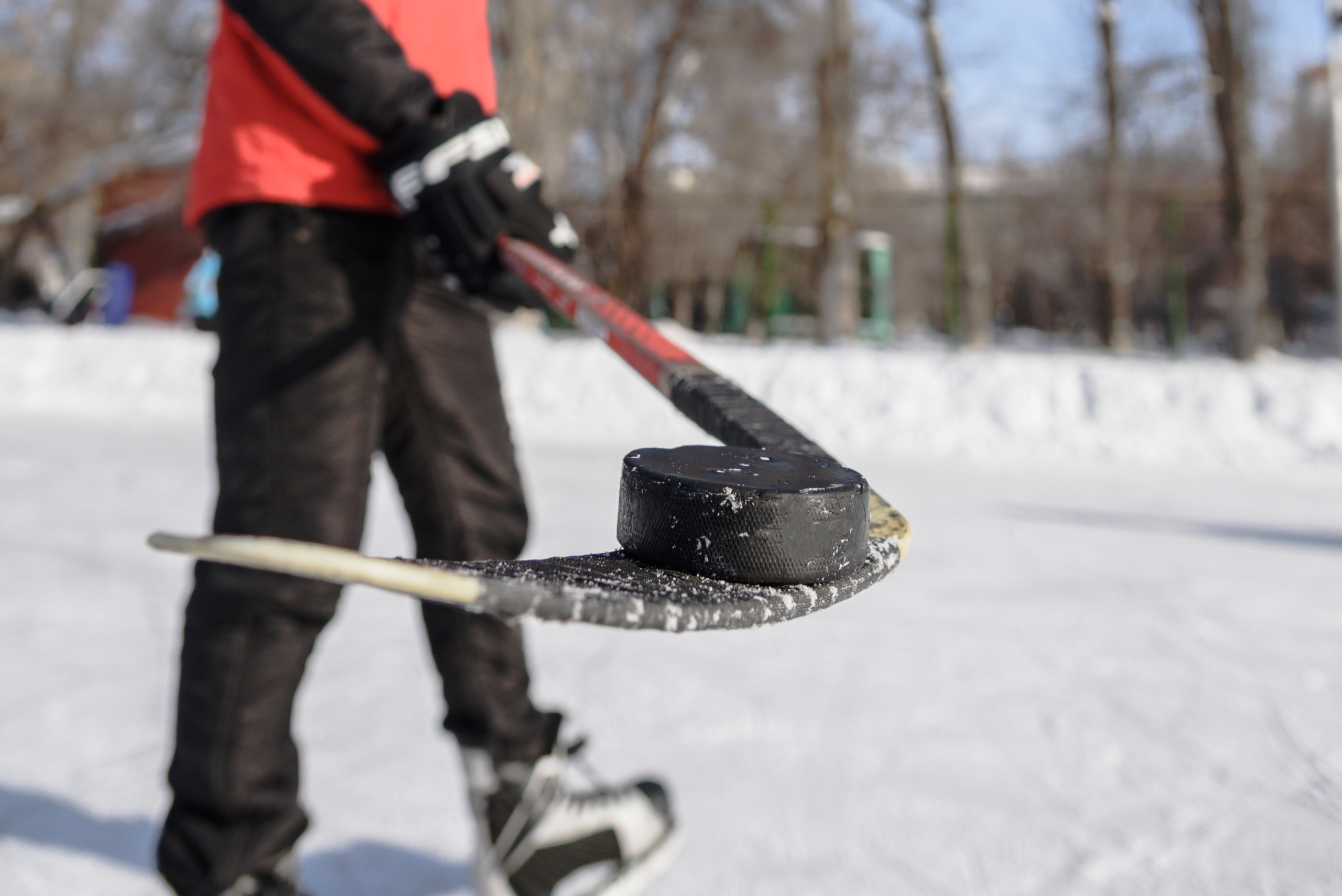Charlotte Hockey Lab’s Blueprint for Winning Power Play Formations
Introduction to the Power Play: Seizing the Offensive Advantage
In ice hockey, the power play is a critical moment where a team, having a numerical advantage due to an opponent’s penalty, can significantly impact the game’s outcome. It’s an opportunity to generate offense, build momentum, and ultimately, score goals. Mastering effective Power Play Formations is not just about having an extra player; it’s about strategic positioning, cohesive movement, and exploiting weaknesses in the opposition’s penalty kill. A well-executed power play can be the difference between a win and a loss, transforming a temporary advantage into tangible results on the scoreboard.
The Fundamentals of a Successful Power Play Strategy
At the heart of any potent power play lies a set of fundamental principles that transcend specific formations. These include:
- Puck Possession: Maintaining control of the puck is paramount. This allows the power play unit to dictate the pace, open up passing lanes, and force the penalty killers out of position.
- Player Movement: Constant, intelligent movement without the puck creates confusion for the defense and generates space for passes and shots. Static players are easily covered.
- Quick Puck Movement: Rapid, crisp passing, especially across the ice, can exploit defensive seams and force quick reactions from the penalty killers, leading to breakdowns.
- Shot Selection: While possession is key, the ultimate goal is to get shots on net. High-quality shots from dangerous areas, often preceded by puck movement that pulls the goalie out of position, are crucial. Understanding when and where to shoot, and when to pass, is an art.
- Communication: Verbal and non-verbal cues are vital for synchronized movement and decision-making under pressure.
Unpacking Common Power Play Formations
Different Power Play Formations offer unique advantages and cater to various player skill sets. Here are some of the most common:
The Umbrella Formation
This classic formation typically features one player at the point (the “umbrella” or quarterback), two players on the half-walls, and two players down low near the net. It excels at distributing the puck and creating cross-ice passing options for one-timers and deflections. Its strength lies in its ability to spread out the defense and create multiple shooting threats from the perimeter.
The 1-3-1 Formation
The 1-3-1 is a highly popular and versatile formation. It consists of one player at the point, three players across the middle (one in the high slot, two on the half-walls), and one player at the net front. This setup emphasizes a strong presence in the high-danger areas, creating opportunities for tips, screens, and quick shots from the slot. The central “bumper” player is crucial for distributing the puck and providing an immediate shooting option.
The Overload Formation
The overload formation concentrates players on one side of the ice. This creates an imbalance, drawing penalty killers to one side and aiming to create a scoring chance through quick passes, cycling the puck, and exploiting the weak side with a quick cross-ice pass for a shot.
Strategic Player Roles and Responsibilities in Formations
Each position in a power play formation carries distinct responsibilities, and effective execution relies on players understanding and fulfilling these roles:
- The Quarterback (Point): Typically a defenseman, this player controls the puck at the top of the offensive zone, initiates puck movement, and looks for shooting lanes or passes down to the half-walls or slot.
- The Half-Wall Players: These players (often forwards) operate along the hash marks or goal line extended. They are pivotal for puck retrieval, distributing the puck to the point or bumper, and creating plays off the wall.
- The Bumper (High Slot): In formations like the 1-3-1, this player positions in the high slot, acting as a critical pivot point for puck distribution, a passing target, and a quick-release shooting option.
- The Net-Front Presence: This player’s role is to screen the goalie, deflect shots, battle for rebounds, and generally make life difficult for the opposing goaltender and defensemen.
Dynamic Movement, Puck Circulation, and Shot Selection
Beyond static formations, the fluidity of movement and puck circulation defines a successful power play. Players must continuously move to create passing lanes and open space. Puck movement should be quick and purposeful, aiming to disorganize the penalty kill and force them into reactive rather than proactive positions. Smart shot selection means not just shooting to shoot, but aiming for high-percentage areas, leveraging screens, and capitalizing on opportunities when the goalie is out of position or has a limited view. Integrating puck management and shot selection are key to capitalizing on the advantage.
Drills for Developing Power Play Chemistry and Execution
Developing seamless power play execution requires dedicated practice. Drills should focus on reinforcing positional play, puck movement, and rapid decision-making. Utilizing comprehensive training resources, such as those found on HockeyTraining.com, can significantly enhance a player’s physical readiness for the demands of the power play. While specific drills weren’t detailed for power plays in the provided context, the principles of skill development through repetition are universal. Goalies can also benefit from on-ice drills and lesson plans to improve their game, as highlighted by UnLock Goaltending, which can indirectly help power play units by understanding how goalies react.
Example Drills:
- Five-Man Puck Movement: Players maintain formation while moving the puck quickly around the perimeter and through the bumper, emphasizing crisp passes and timing.
- Power Play Cycle: Focus on cycling the puck down low and then quickly transitioning it to the point or slot for a shot.
- Net Front Chaos: Drills that involve getting pucks to the net with a player screening and battling for rebounds, simulating game-like conditions.
Charlotte Hockey Lab’s Edge: Enhancing Power Plays with Off-Ice Training and Analytics
At Charlotte Hockey Lab, we believe in a holistic approach to hockey development, especially for specialized situations like Power Play Formations. Our cutting-edge technology provides an unparalleled environment for players to refine their skills. Tools like the RapidShot system, integral to our facility, allow players to practice shooting and stickhandling with immediate feedback on speed and accuracy. This off-ice training, as detailed by Hockey Gyms, is vital for developing the muscle memory and precision needed for power play success.
Furthermore, our focus on personalized hockey performance analytics empowers players to understand their strengths and areas for improvement. Data collection and analysis, as discussed by SimpliFaster, are transforming how athletes train, allowing for tailored programs that maximize efficiency. We leverage technology to identify patterns in a player’s power play performance, offering insights into puck possession, shot location, and passing efficiency. This data-driven approach, coupled with advanced training methodologies and even VR training for hockey IQ, gives our athletes a significant competitive advantage. We are committed to boosting performance through modern hockey training technology, ensuring every session is optimized for real-game impact.
Mastering the Mental Game: Communication and Composure on the Power Play
Beyond physical skills and tactical understanding, the mental aspect of the power play is crucial. High-pressure situations demand unwavering focus and composure. Effective communication is non-negotiable; players must constantly talk on the ice, calling for pucks, indicating open lanes, and confirming defensive reads. Cognitive training, such as that offered by the Hockey IntelliGym, plays a significant role in enhancing focus and decision-making abilities. Mental toughness allows players to shake off mistakes, maintain confidence, and execute complex plays when it matters most, a concept explored in depth by ice hockey psychology. Dr. Patrick Cohn’s insights into mental toughness strategies emphasize the importance of managing emotions and applying mental skills to games, ensuring players perform consistently. Building mental toughness is also critical for individual hockey training at Charlotte Hockey Lab, where players learn to manage pressure and maintain clarity, a factor that even NHL coaches recognize as key to navigating a playoff race during crucial stretches of the season.
Your Blueprint for Power Play Dominance
Achieving dominance on the power play requires a blend of well-drilled Power Play Formations, dynamic execution, and robust mental fortitude. By understanding the fundamentals, mastering player roles, prioritizing intelligent puck movement and shot selection, and integrating advanced off-ice training and mental conditioning, teams can unlock their full offensive potential. The dedicated training at Charlotte Hockey Lab, combining state-of-the-art technology with a focus on both physical and mental development, provides the essential blueprint for players looking to elevate their power play performance and consistently convert opportunities into goals.
Ready to take the next step? Visit our Contact Us page to get started!

We use only the finest ingredients to produce stellar tastes.












